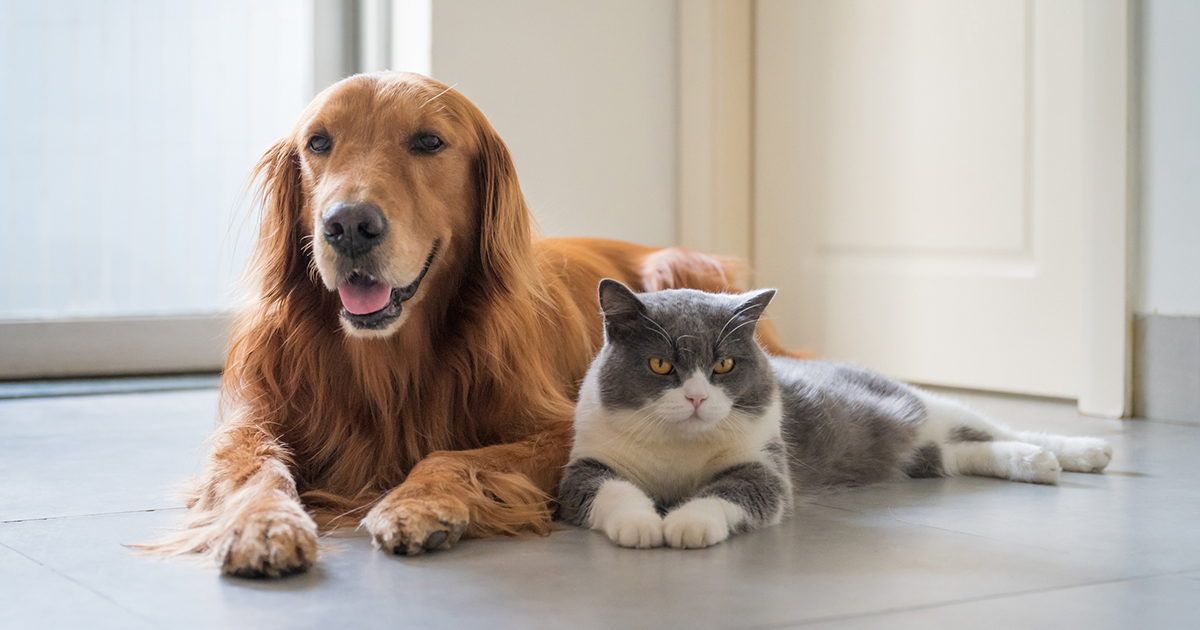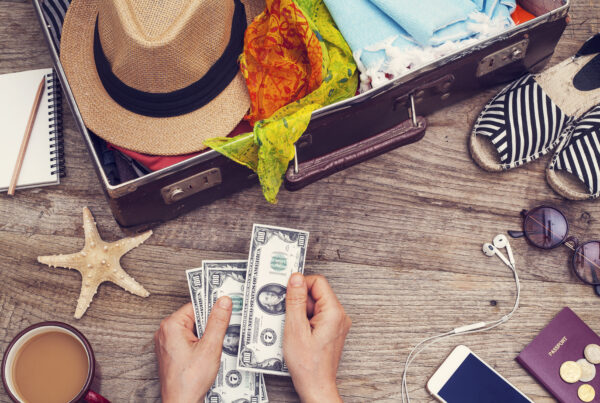Find yourself scrolling through photos of adorable pets available for adoption? Before you add a furry friend to your family, take some time to get a good idea of how much you’ll be adding to your monthly budget to care for your new furry loved one so you know what to expect.
Whether you’ll be a first-time pet owner or you’re adding a member to your family, budgeting is helpful to ensure that you have the financial resources to fully care for your pet.
Check out this list of potential pet expenses to help you stay on budget with the addition of a new pet.
INITIAL ONE-TIME EXPENSES
Adoption fees
Whether you’re adopting a pet from a reputable shelter or purchasing through a responsible breeder, the adoption fee can vary from anywhere between zero to hundreds or even thousands of dollars. Dogs are generally more expensive to adopt than cats, with some adoption fees for shelter dogs adding up to as much as $660, while cats are generally less than $270.
The cost of your dog or cat will depend on the specific shelter or breeder you are adopting from, along with the breed and age of the animal (generally, puppies and kittens cost more than adult dogs and cats). Typically, adopting from a shelter costs less than purchasing through a responsible breeder, but there are pros and cons to each.
Vet costs
While shelter adoption fees usually include the cost of initial veterinary exams, spay/neuter fees, microchipping, vaccinations and any other preventative treatments, if you get your new dog or cat from a breeder, you’ll most likely need to cover these costs yourself. These can quickly add up.
Supplies
When you first adopt your new dog or cat, you’ll have a list of start-up supplies that you’ll need in your home. These supplies might include food and water bowls, a bed, crate, leashes, toys and any other items you think your pet will need. While these are most likely one-time expenses, they can still add up to $300 in total.
ONGOING EXPENSES
Food
A major one is pet food. The price of both dog and cat food is highly dependent on the brand that you purchase, as well as the size of your furry family member (smaller pets tend to eat less than larger ones), so choose a brand that will both satisfy your pets needs but will also stay in your budget.
Many people find it helpful to create a schedule of when they buy their pet food so they are ready for the expense as the time comes. Maybe you’ll buy one bag of cat food every month. Maybe you’ll buy five bags of dog food every six months. It may take a bit to best understand how much food you’ll need over the course of a certain period of time but sticking to a schedule will help avoid over-buying.
Medical Expenses
In addition to food, medical expenses will continue past the initial adoption of your pet. Your pet will need an annual medical exam, continued vaccinations and preventative care. Because these kinds of medical expenses can quickly add up, you may want to consider buying pet insurance. There are many options for pet insurance, including many different policy options and costs. Find the balance that is right for you between costs and coverage.
Other Supplies
If you’re welcoming a new cat into your home, also consider the cost of litter. Like food, the cost of litter will significantly differ depending on the brand, so choose one that fits your budget. And while you probably won’t be purchasing new toys for your pet regularly, toys and other miscellaneous supplies can add up to another $100 depending on what you choose to purchase.
Grooming
Whether it’s a dog or cat, you’ll most likely be bringing your pet to the groomer regularly. Basic grooming will suffice for most breeds; there’s no need for over-the-top grooming services. If you want to save some extra money in this area, you can do a lot of pet grooming at home. If you groom at home, bring your pet to the groomer a few times a year when they need professional grooming, which will be much less often.
Work with your groomer to determine a schedule that’s best for your pet. Some dogs will need more frequent grooming than others. If your pet isn’t brought in often enough, the bill will be much higher if they need more work done, so it is best to determine your pet’s grooming schedule early.
Boarding/Daycare
Another expense to consider is what to do with your furry friend when the rest of your family is traveling for work or fun. Professional boarding services can be expensive, so if you can find a friend, family member or neighbor to pet sit for a lower cost, this may be your best option. A neighbor might be more willing to help if you return the favor and watch their pet when they are out of town.
Other Costs
Depending on where you live, you may need to renew your pet license every year. Visit your municipality website to find out more information.
UNEXPECTED EXPENSES
Even without pets, unexpected expenses come up in our own lives, and with a pet, you’ll also need to be prepared for additional unexpected expenses. Medical bills or other unexpected fees can be frustrating unless you’ve been setting aside a little each month in a savings account dedicated to pet expenses.
Now that you’re thinking about how to stay on a budget with a new pet in the house, also check out our blogs on how to stay on budget when temptations arise and how to get your budget back on track.






 Federally Insured by NCUA |
Federally Insured by NCUA |  Equal Housing Opportunity |
Equal Housing Opportunity |